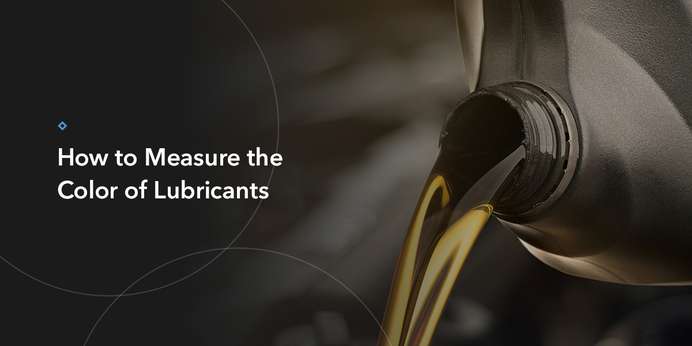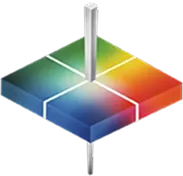The Importance of Measuring Lubricant Color
Aside from color matching, one of the most significant quality concerns for a lubricant is color change, as it can indicate whether a product underwent a modification from its original state. Most oils contain a color relevant to their specific viscosity or formula. Generally, most lower viscosity lubricants have a lighter color quality, while higher viscosity products have a darker shade.
Because oil darkens as it oxidizes, color is an excellent indicator of its age and effectiveness. Lubricants deteriorate from the combination of operating temperature and exposure to oxygen in the air. The higher the device's operating temperature, the faster the oxidation process and the shorter the oil’s life.
How to Measure the Color of Lubricants
While many lubricant manufacturers offer color coding and charts for quick reference and identification, the ASTM D1500 color scale applies to a broad range of products, including lubricating and heating oils, diesel fuel, petroleum waxes and more. This scale is also an effective identification tool for buying and selling refined or recycled lubrication products.
While scales and color charts are the primary tools for buyers and sellers, manufacturers depend on spectrophotometry and colorimetry for quality control during processing. These companies often use spectrophotometers to ensure their blends meet precise color and consistency specifications before shipping.
HunterLab’s Vista® system offers one of the industry’s most accurate and reliable solutions for measuring lubricant color and quality. Vista’s custom index feature lets users measure samples in almost any container and receive results for the ASTM D1500, APHA, Gardener and Saybolt scales simultaneously with haze percentage.
Some of Vista’s other key features include:
- The embedded EasyMatch® Essentials software requires no PC for identification.
- Flow-through cells are available for continuous color and haze measurements.
- The operator-friendly one-touch controls require no additional accessories.



